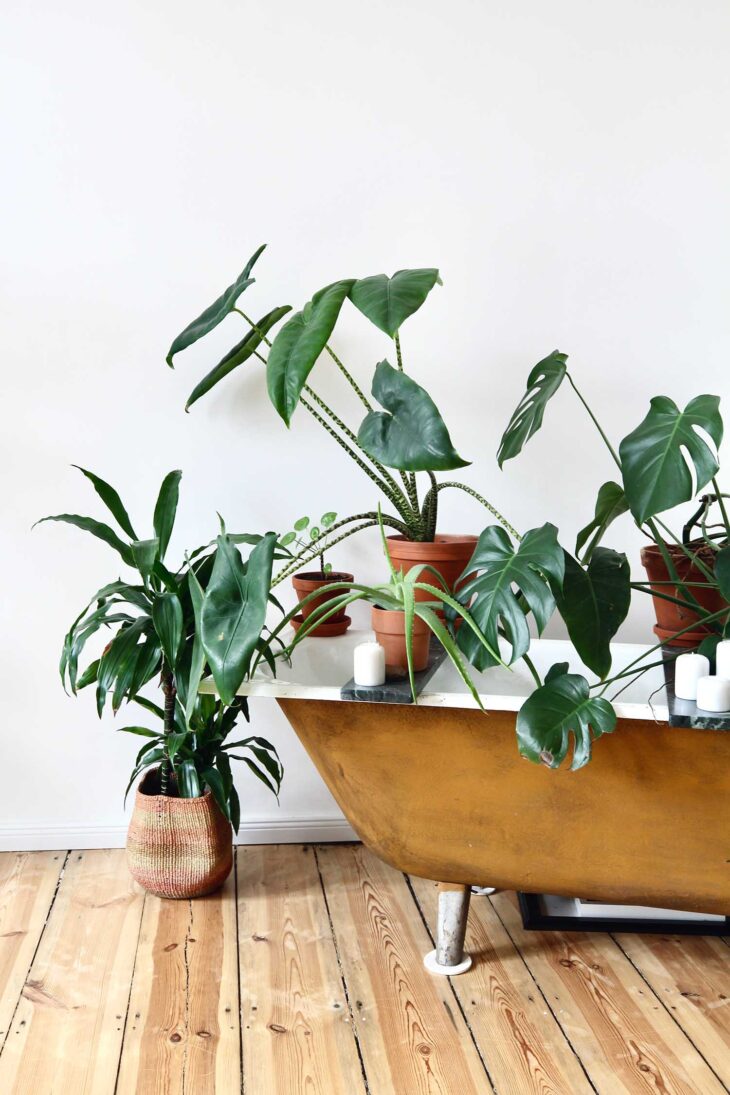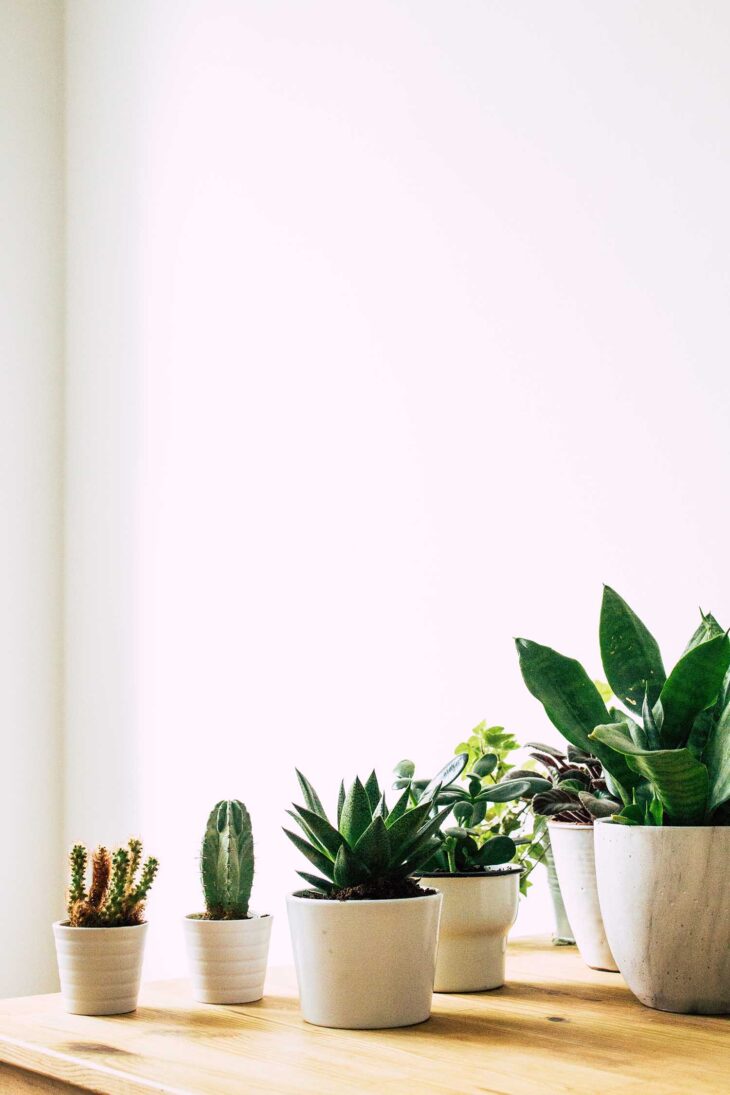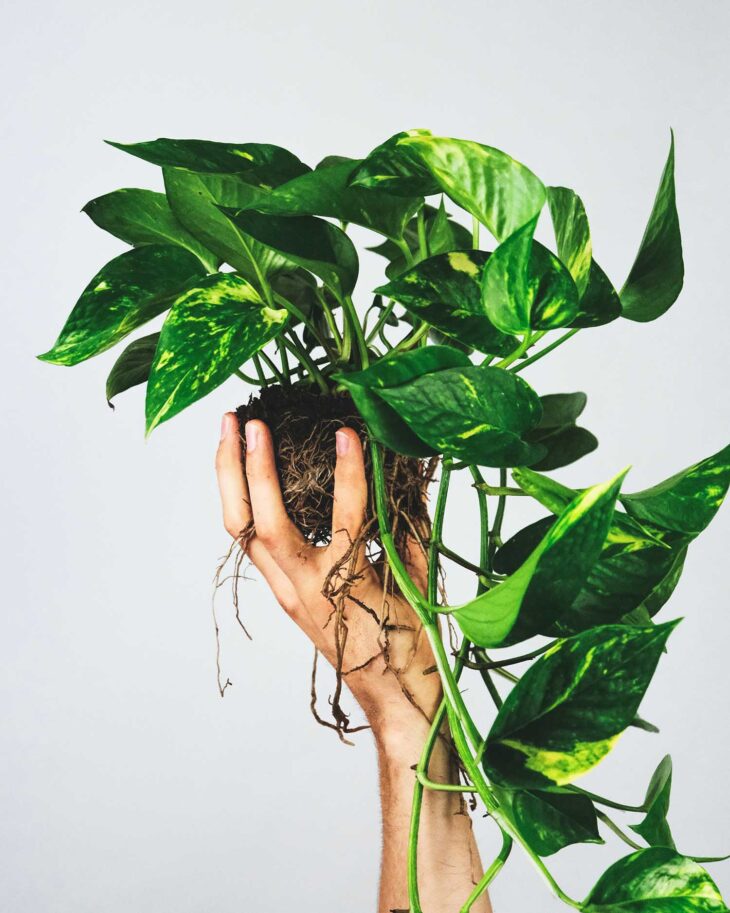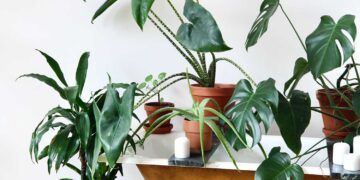
Plants have incredible benefits that you gain, such as transforming your space to look more beautiful and livelier. However, watching the plants grow and change to become the beauty they are creates a unique sense of fulfilment. Starting your plant journey can be both an exciting by overwhelming task. This is because there are many factors that you need to consider to ensure you develop a great green thumb. Fortunately, caring for plants doesn’t need to be complicated, as most people perceive. This article will explore crucial steps on ways to start your plant parenting journey.
-
Choose The Right Beginner Plant for Your Indoor Space
One of the most challenging but exciting steps for beginners is choosing a plant they will parent. You must choose carefully to ensure you get a plant you can maintain and care for without much stress. Consider researching for stylish plants to get the best indoor plants that meet your needs. This will give you an idea of the different types of plants and what they need to maintain them.
-
Consider The Location
Another crucial step before purchasing a plant is where to place it. It’s critical to note that different plants vary in their needs, such that some will need lighter while others can grow well without light. Assess the condition of your chosen location to get an idea of the plant you need that will thrive well there. Some plants will prefer direct sunlight, while others require a low-light environment, and placing them in the wrong location can lead to your plant drying and dying. Additionally, don’t forget to assess the location’s temperature since it can impact your plant’s health.

-
Watering Your Beginner Plant
After getting the ideal plant, repot it to a container with suitable drainage holes. This can help prevent overwatering when the plant has poor drainage or soil. Always know the water requirement for the plant you choose to schedule your watering accordingly.
Don’t forget to check the soil condition using a stick or finger. This gives you an idea if your soil is dry, requires a refill, or is still wet. Always note that the light your plant receives will determine how frequently you need to water your plants.
-
Fertilizing Your Plants
For your plants to thrive, they need nutrients that help them withstand diseases. That’s why you must fertilize your plants for healthy and long-lasting growth. As the plants grow, the nutrients available often deplete, affecting your plant negatively when not added. If unsure, you need to consult with the florist for proper guidance.
-
Use the Right Cutting Tools
You should cut yellowing and broken leaves and stems as your plants grow. Using objects such as regular scissors, you might hurt your plant as it lacks the sharpness required. Instead, opt for a sharp horticultural cutting tool that ensures clean cuts. You can consider snips for indoor plants as they balance precision and cutting strength.

End Note!
Parenting a plant is a fun and relaxing experience, especially when you have mastered these tricks. You can make it more exciting by chit-chatting with your plants, as this help create vibrations that can help stimulate the plant tissues and promote root development and growth.



















